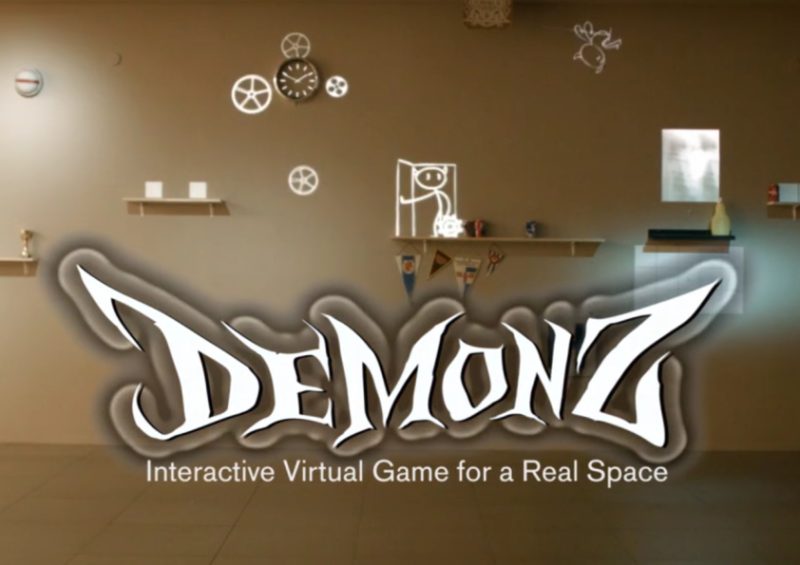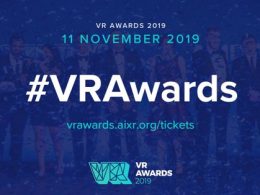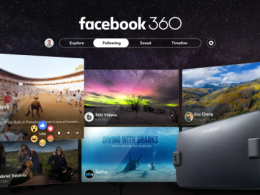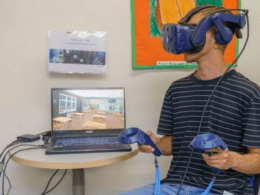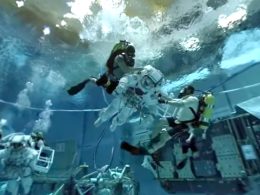Sitting alone on the sofa with the Gameboy or in a locked room in front of the games console or PC and rotting away was a thing of the past. Nowadays, various VR applications enable real gaming fun where kids have to move around together.
One application is the digital playground called Demonz. The system runs on any flat surface. Technically speaking, the application is a combination of motion tracking and projection mapping, which means that the projection is mapped. The special thing about it is that the application can be scaled to any size. For example, you could choose an area 1 kilometre long and project the game onto it - extremely impressive, I think. In addition, the number of people who can be involved is completely unlimited. This means that both small and very large groups can play together.
The video shows a test installation for a handball tournament in Prague last year. The aim of the game is to hit something, just like in the traditional Czech game "Dodgeball". Instead of live opponents, however, virtual targets are now shot. These come in the form of figures or other moving objects. If you hit a target, there is a special effect on top.
Wide range of game options
Whether dodgeball in real life or virtually, these games get kids - and perhaps adults too - moving and learning to co-operate with each other. As far as the artistic aspect is concerned, VR naturally goes one better than the real game. What's more, VR is also a great way to cater to the skills and requirements of the players.
The following adaptation options are conceivable: For example, you could play with the size of the objects. The bigger, the easier and vice versa. The same applies to speed. As in a traditional game, the more objects are hit, the faster they could move. Reaction games are also exciting, where you only have to hit all the red objects, for example, or where objects only flash briefly. Memory would be trained by having players memorise a certain sequence. Once again, there are no limits to the ideas with VR.





